The talented Ms Highsmith’s life in ‘club-like’ Switzerland
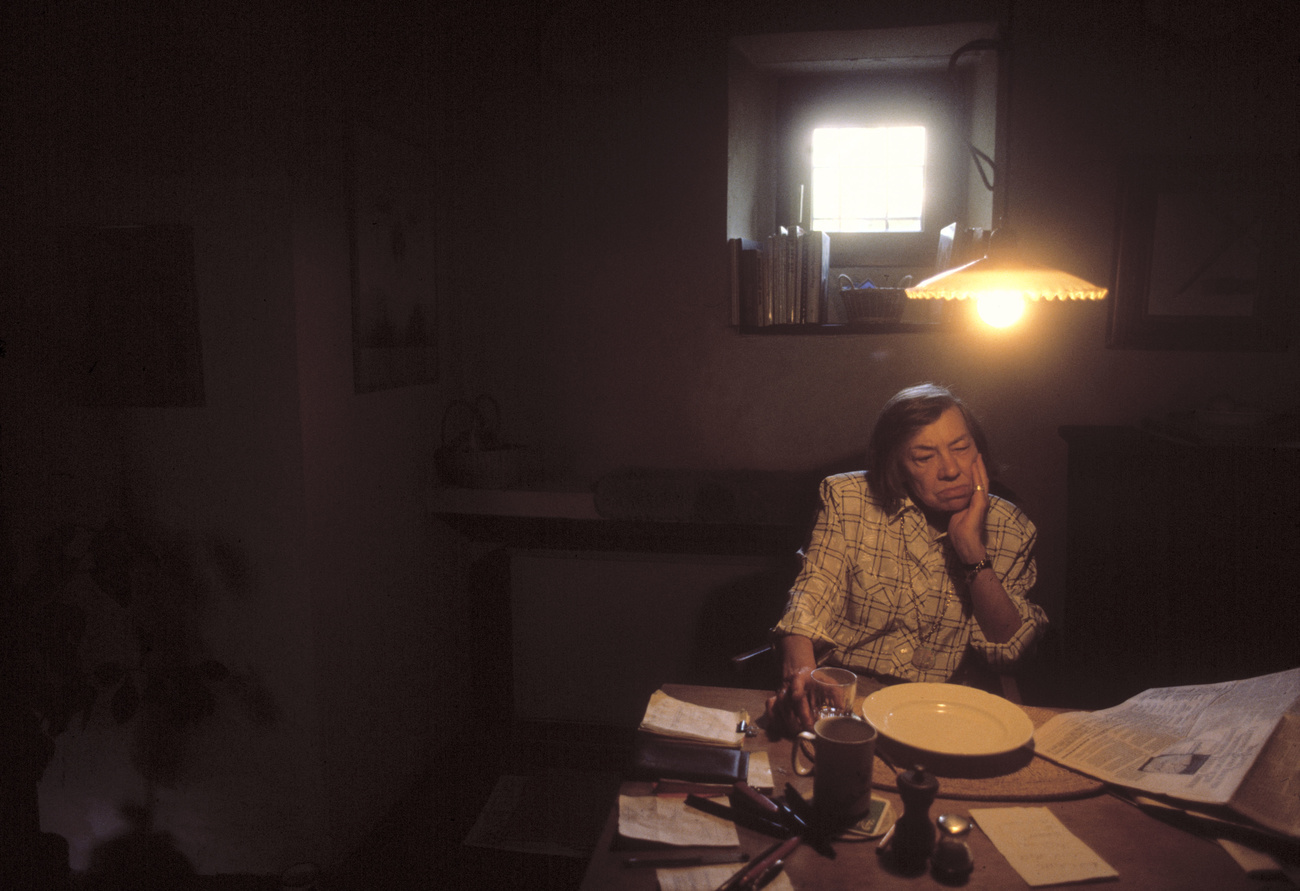
Patricia Highsmith, the author of classic psychological thrillers such as Strangers on a Train and The Talented Mr. Ripley, would have turned 100 on Tuesday. She spent the last 14 years of her life in southern Switzerland, alone but not lonely.
“It was, it is, a land of mountains that block the sun, a land of granite outcroppings, of trees that cling to the slanting hillsides but nevertheless grow straight up…” In A Long Walk From Hell, originally published in French in 1988, Patricia Highsmith painted a vivid picture of Italian-speaking canton Ticino, her adopted home since 1981.
The short story, about a peasant excommunicated by the village priest over a property dispute and his subsequent walk to the bishop of Lugano, was probably written in the front room of a converted barn in Aurigeno, a hamlet in the Maggia Valley. This was Highsmith’s first home in Ticino. She later moved to Tegna, nearer Lake Locarno, where she designed her house with the help of a Zurich-based architect.
In this interview, at a book reading in Zurich in 1984, Highsmith explains why Ticino appeals to her.
Mary Patricia Plangman was born in Texas on January 19, 1921. Her parents divorced ten days before she was born, and she claimed her mother had told her she had drunk turpentine while pregnant in an attempt to abort her. In 1927 she, her mother and stepfather Stanley Highsmith moved to New York, where she studied and found work as a text writer for comic strips.
It’s hard to say to what extent her upbringing influenced her writing, but her plots often revolve around psychological intrigue, identity, exclusion and murder.
Patricia Highsmith was born in Fort Worth, Texas, on January 19, 1921.
She travelled extensively, especially to and in Europe, taking up residence in England in 1964. She moved to France in 1967 and finally to Switzerland (Ticino) in 1981.
Highsmith wrote 22 novels, plus many short stories, essays and newspaper articles. She owed much of her fame to the five Ripley novels, featuring the murderer Tom Ripley.
Her works have inspired several films, by directors including Alfred Hitchcock, Claude Chabrol, Wim Wenders and Anthony Minghella.
Highsmith was concerned above all with the psychology of her characters and the way in which human relationships degenerate into violence.
Her 1952 novel The Price of Salt (originally published under the pseudonym Claire Morgan) deals with a lesbian relationship, whose happy ending was considered unprecedented in lesbian literature. A film adaptation, Carol, was released in 2015. Highsmith was herself gay.
She died aged 74 on February 4, 1995, in hospital in Locarno, near her home in the village of Tegna. She was cremated at the cemetery in Bellinzona, and a memorial service was held in the church in Tegna, where her ashes were interred. She had no children.
She bequeathed her money to Yaddo, the artists’ community in New York where she had studied, and her literary papers to the Swiss Literary Archives in Bern.
Her first novel, Strangers on a Train, was published in 1950 and was a modest success. Alfred Hitchcock, attracted by the simple idea of two strangers who swap murders so that each appears motiveless, adapted it for the big screen the following year. Highsmith was generally pleased with the result, which increased not only her reputation but also her bank balance.
“In the early 1950s Patricia Highsmith came through Basel with her girlfriend at the time. The film of Strangers on a Train had just been released, so she was flush with a little bit of money,” author Padraig Rooney told SWI swissinfo.ch in 2016 on a literary tour of BaselExternal link.
Christmas 1951 was spent in the five-star Grand Hotel Les Trois Rois. “They had a goose dinner in the dining room. She describes in her diaries, which are now in the Swiss Literary Archives in Bern, the view from her window and the Rhine running quickly by. And then she goes for a walk up the hill to the Minster [cathedral]. Her diaries are quite fascinating.”
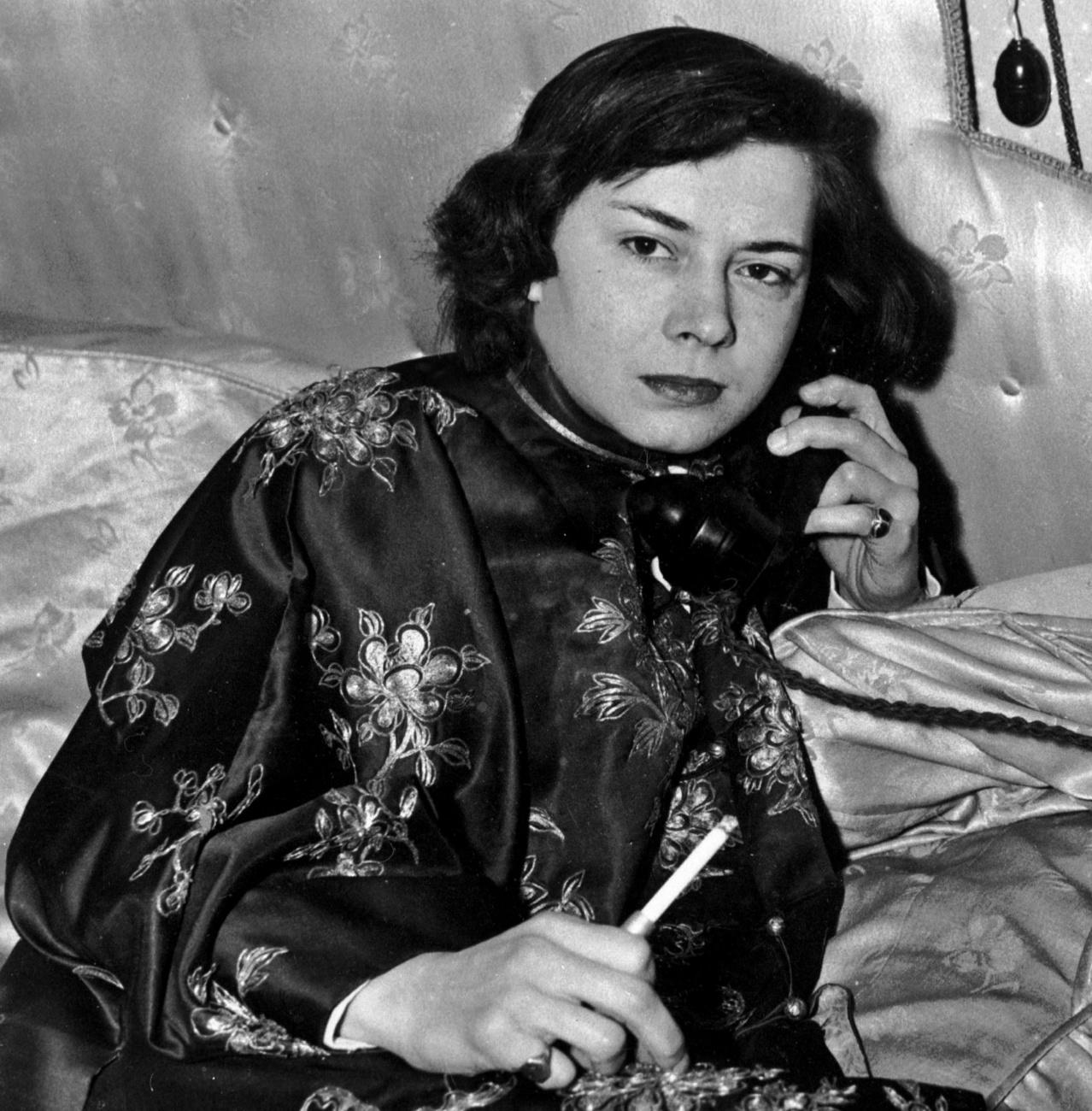
More
Zurich publisher to release hidden diaries of Patricia Highsmith
Patricia Highsmith’s literary estate was acquired by the Swiss Literary Archives (SLA) in August 1996.
The majority of the collection was transferred to the SLA in November 1996. Other items that had been stored at the publishers Diogenes Verlag in Zurich were transferred to the SLA in March 1998.
Since then the collection has grown through a variety of donations as well as the purchase of items.
It now comprises typewritten manuscripts of various novels and partly unpublished short stories and essays; some 39 literary notebooks including a large collection of sketches and water colours by the author; correspondence with family and publishers and correspondence to and from recipients; memorabilia such as diaries, photo albums, identification documents, family trees, household items (typewriter, pictures, etc.); collections including editions of her works, scrapbooks containing press clippings about the author, audiovisual material, her personal library.
(Source: Swiss Literary Archives)
In this audio file from 1998, Swiss Radio International, SWI swissinfo.ch’s predecessor, visits the Swiss Literary Archives, where an archive of Highsmith’s works and papers – comprising some 120 boxes – was established after her death in 1995. One of her old friends also explains what she was like as a person.
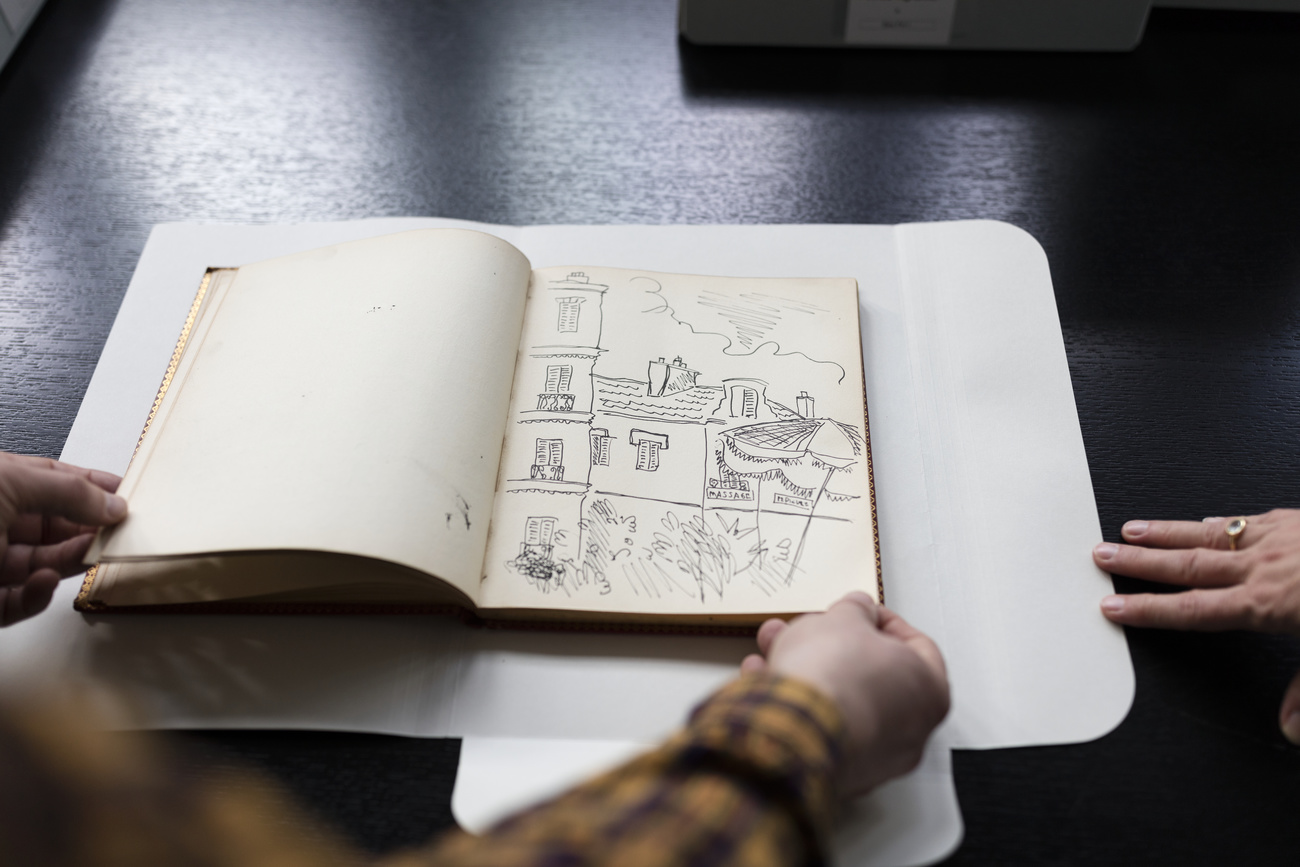
Patricia Highsmith at the Swiss Literary Archives
While Highsmith loved cats, she was less keen on people. Hugh Thomson, director of the BBC documentary Highsmith: Her Secret Life, wroteExternal link in 2004 that he had “rarely made a film where the contributors had such a polarised view of their subject”. For example, Otto Penzler, one of Highsmith’s last American publishers, declared her to be “one of the most odious women he had ever met, a misanthropic, racist alcoholic”.
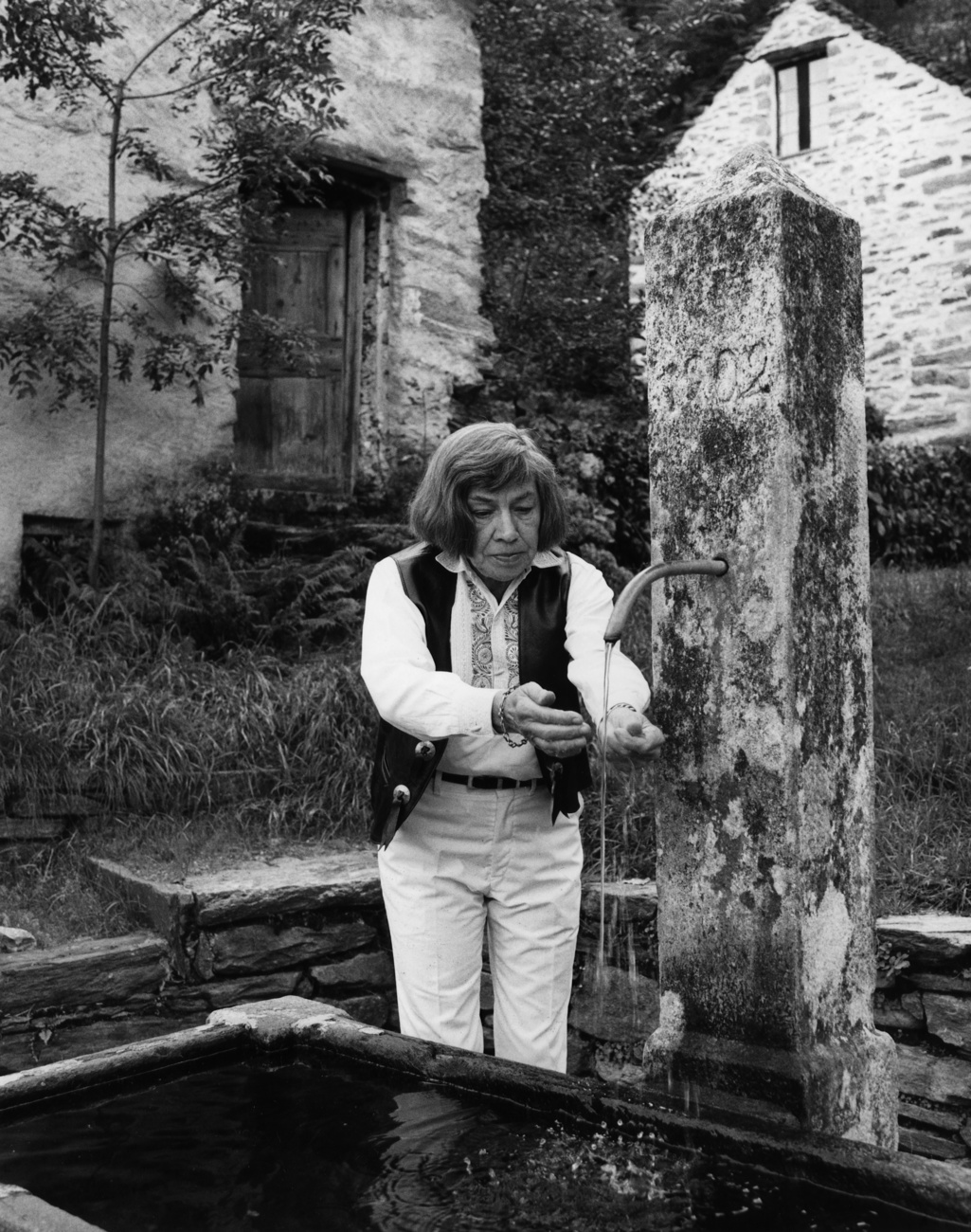
“Many of her friends concurred that if she had not been able to write, she would undoubtedly have committed either murder or suicide,” Thomson wrote.
In Ticino she certainly had the time, space and freedom to write – which wasn’t the case, she had noticed, for most local women.
“In the small towns in this area, it is not the done thing for women to congregate in the local bar or café at 9pm, women presumably always having something to do at that time, and at home too,” she wrote in a 1989 essay, Of Time and the Country Life, quoted by Padraig Rooney in his book The Gilded Chalet: Off-piste in Literary Switzerland.
“In brief, the married woman with children in the [Ticino] countryside is at the beck and call of husband and all the children, possibly even the elderly in-laws, round the clock. She is car-driver, cook, shopper, house-cleaner, seamstress, hostess, nurse.”
Highsmith herself had been financially independent for most of her adult life. Indeed, it was disagreements with the French tax authorities that had prompted her move to Switzerland.
But while she was certainly private, she was not a recluse – she simply wanted peace and quiet to be able to write. She would head to the bright lights of Zurich to give book readings and host guests in Ticino.
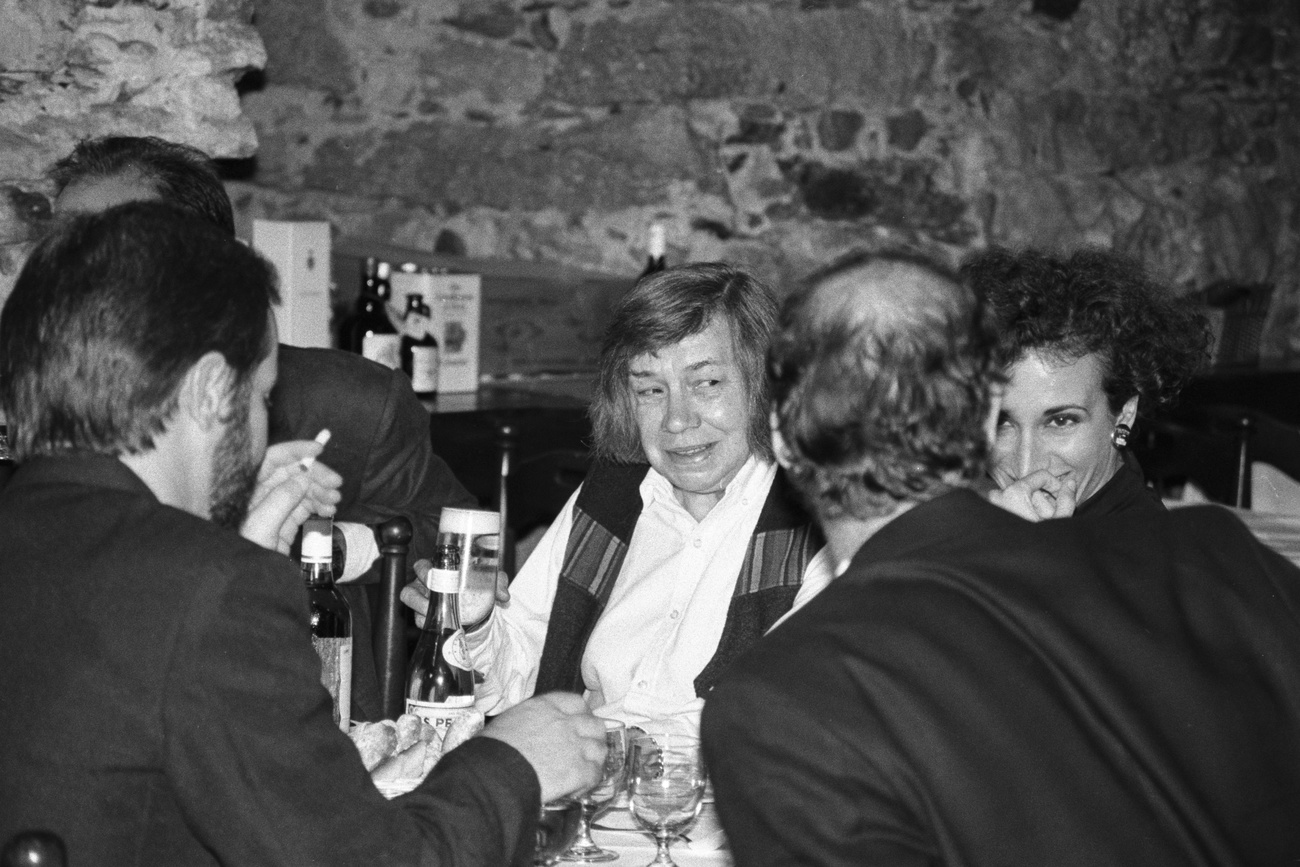
In Of Time and the Country Life she took stock of life in general in southern Switzerland. “I have now lived in the Ticino for a few years, a region which may be less formal than Zurich or Bern areas, but still the pavements and gutters of Locarno are not littered with discarded paper cups, broken bottles and empty cigarette packets…”
“Switzerland is something like a club,” Highsmith concluded. “Perhaps not everyone would want to join, but for those who like order and the quiet life, Switzerland is the place to be.”
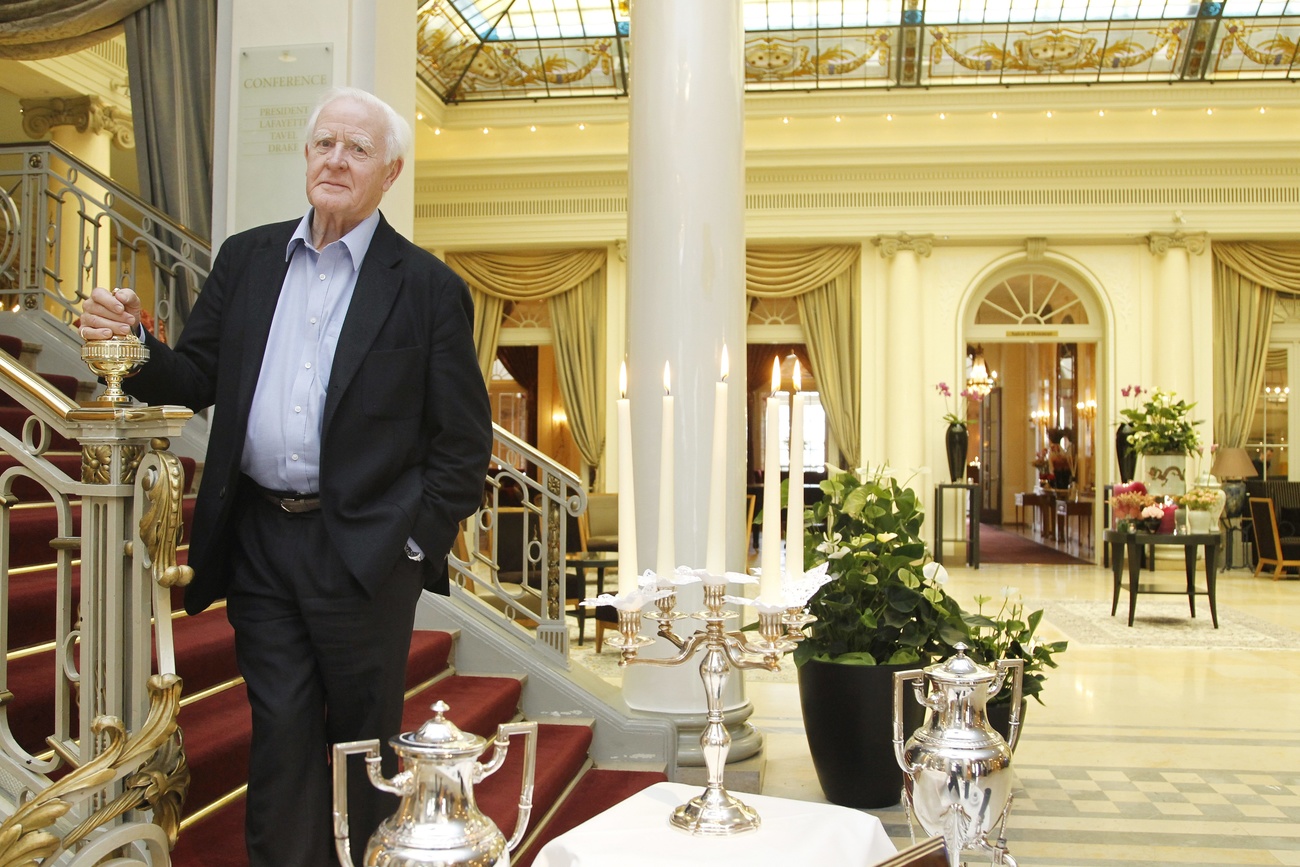
More
John le Carré’s life in Bern: spy recruitment and elephant washing

In compliance with the JTI standards
More: SWI swissinfo.ch certified by the Journalism Trust Initiative








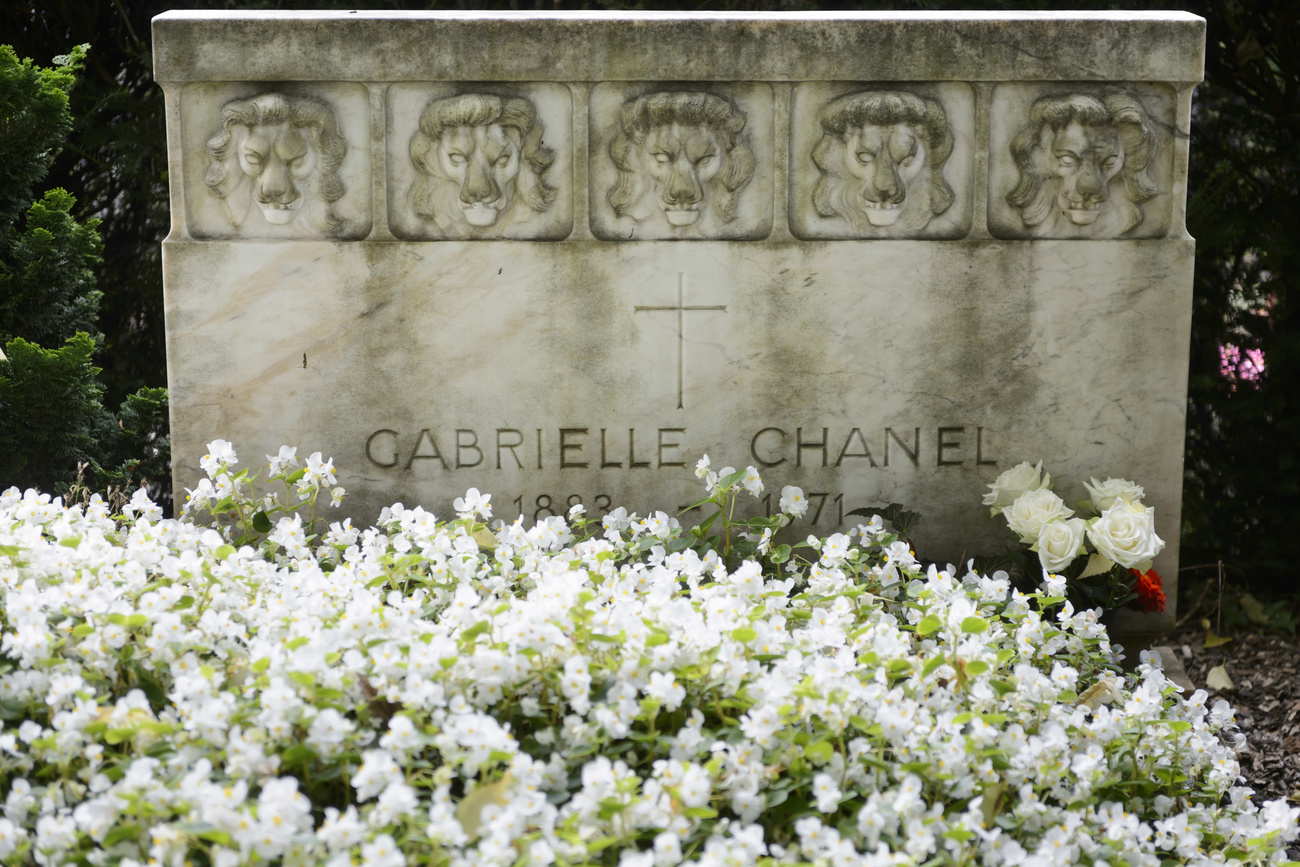
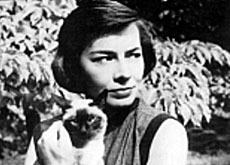

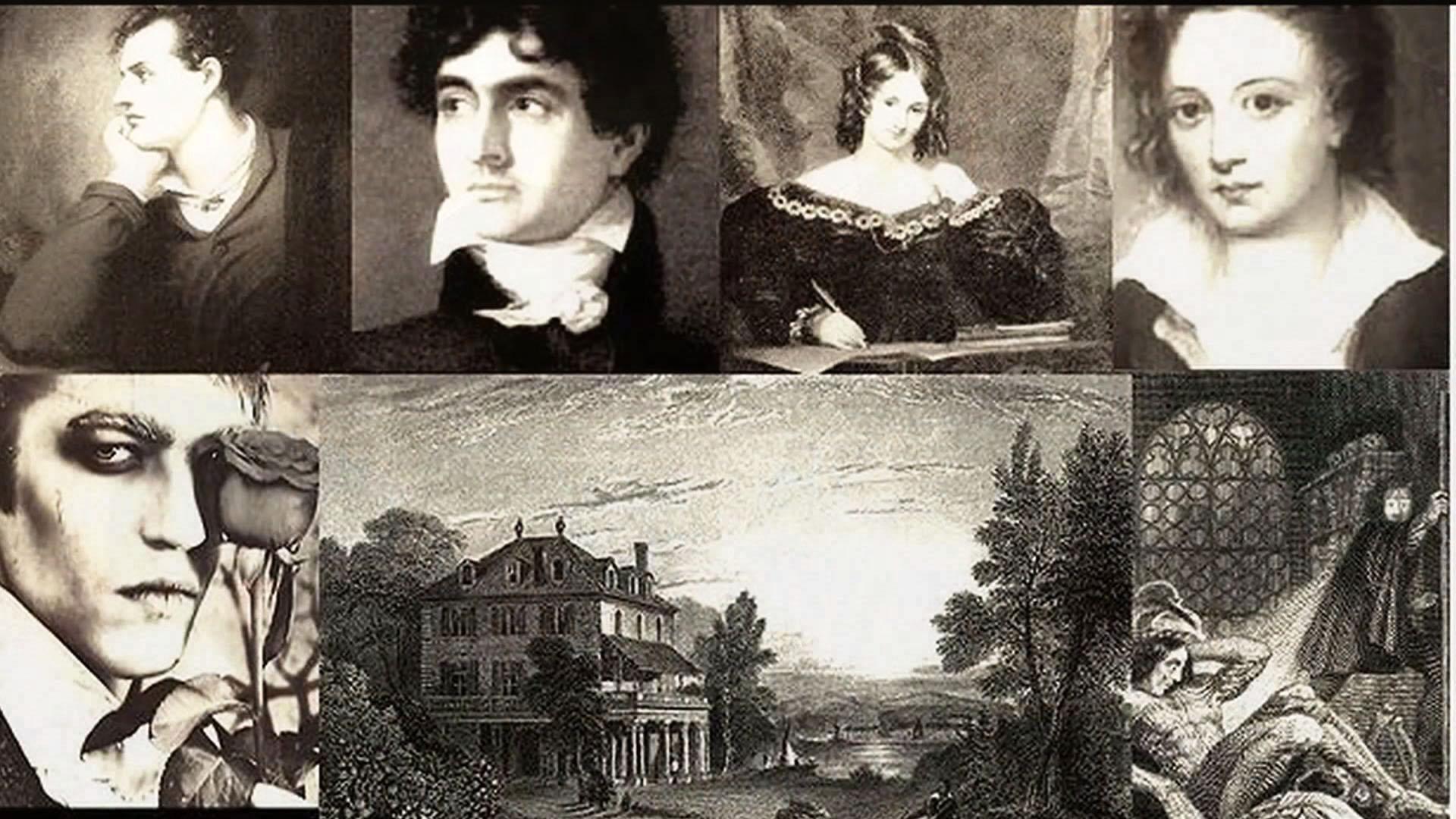
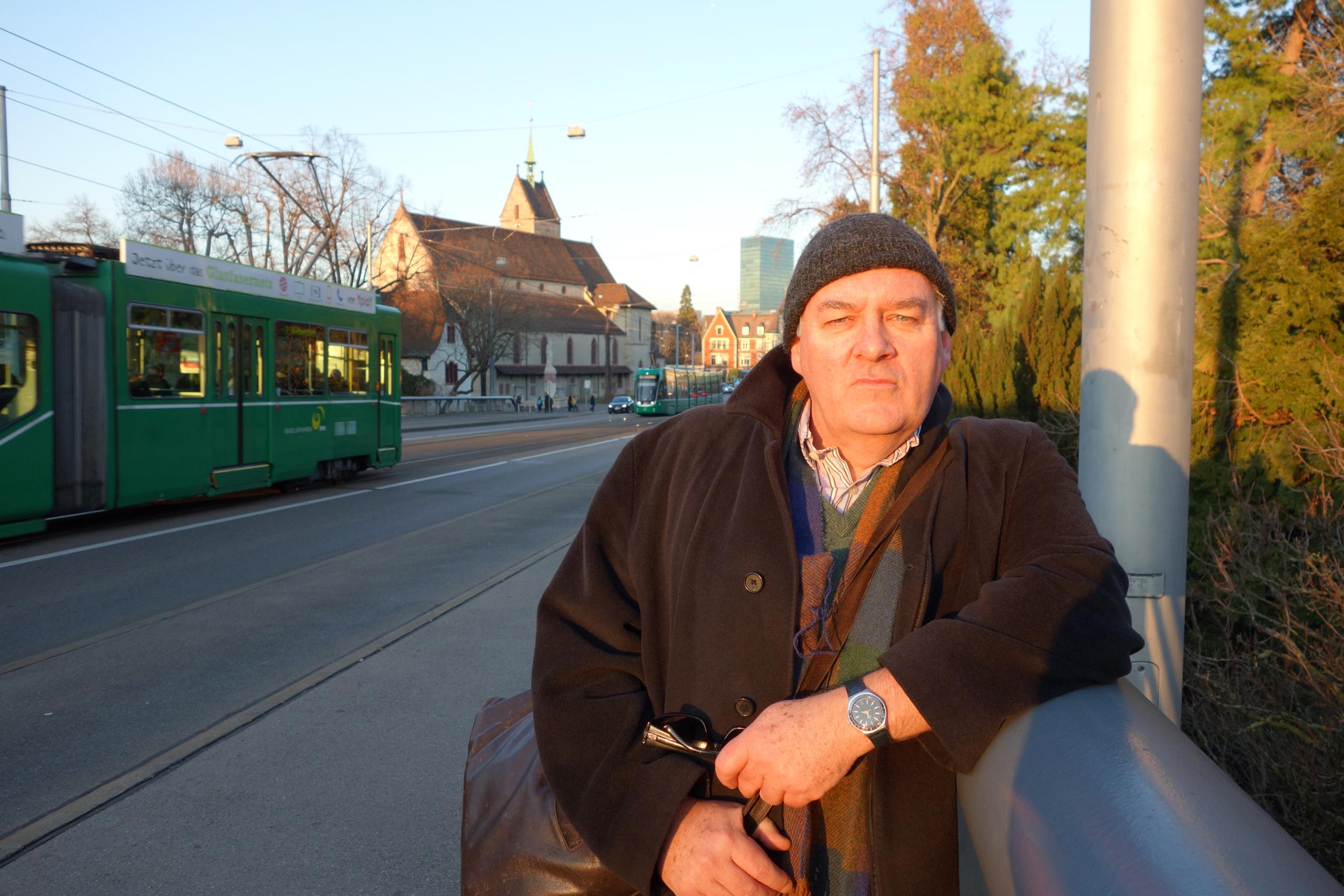
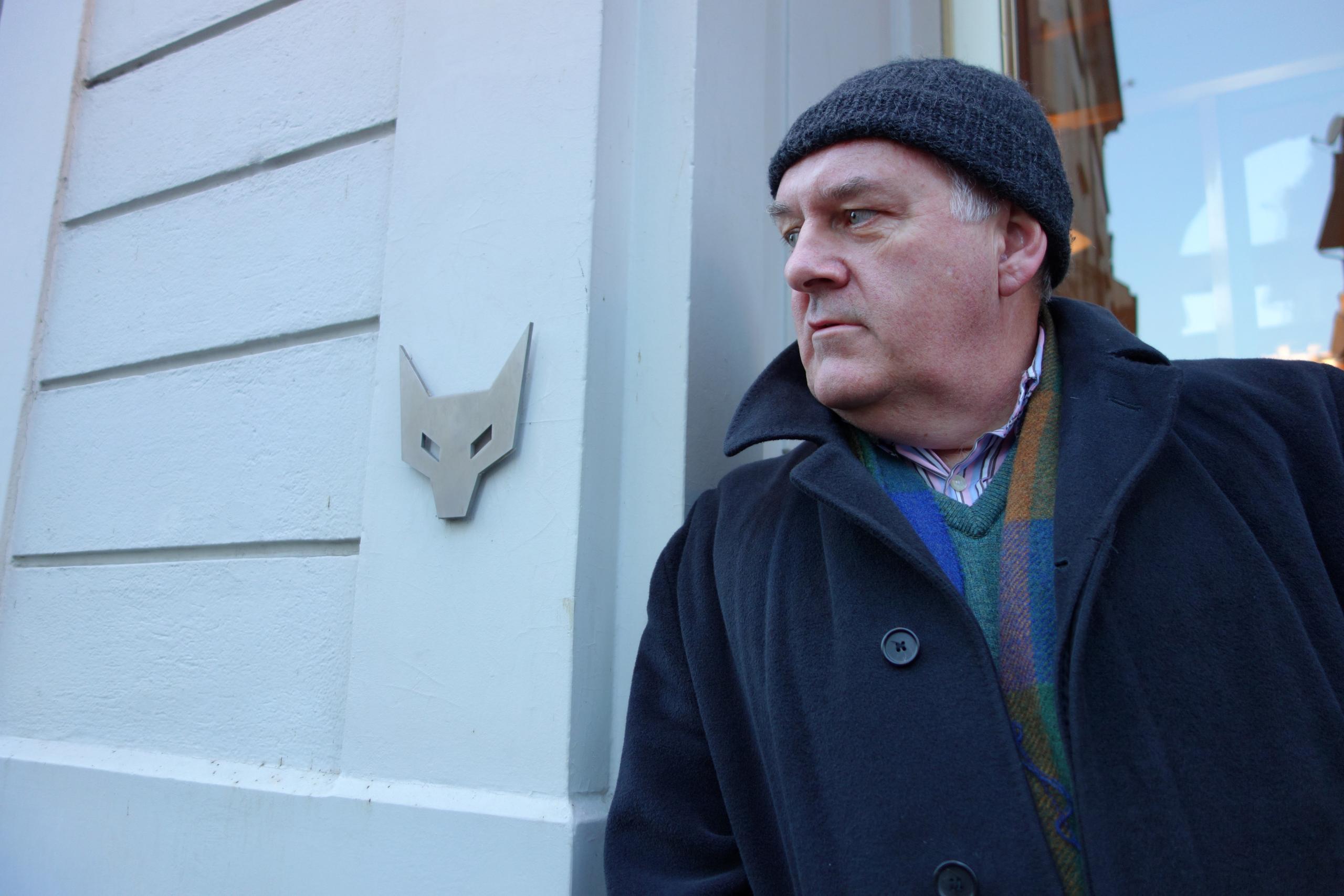
Join the conversation!